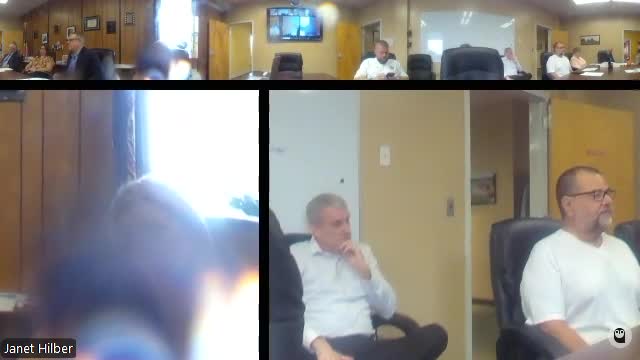People increasingly prefer urgent care over emergency rooms
August 15, 2024 | Strafford County, New Hampshire
This article was created by AI summarizing key points discussed. AI makes mistakes, so for full details and context, please refer to the video of the full meeting. Please report any errors so we can fix them. Report an error »

In a recent government meeting, discussions highlighted the evolving landscape of healthcare choices among employees, particularly regarding the use of urgent care centers versus traditional emergency rooms. A participant shared personal experiences with MRI costs, noting significant savings when opting for different facilities—$2,400 for one MRI compared to $800 for another, emphasizing the importance of making informed decisions about healthcare services.
The conversation underscored a growing trend among employees who are becoming more accustomed to utilizing 90-day prescriptions, which offer substantial savings over the standard 30-day scripts. This shift reflects a broader understanding of cost-effective healthcare practices.
Urgent care centers were identified as increasingly popular alternatives to emergency rooms, with participants noting that these facilities often provide quicker service and lower copays. The discussion pointed out that the copay for urgent care visits is significantly less than that of emergency room visits, which can lead to unexpected high costs, sometimes exceeding $6,000 even for minor issues.
Participants acknowledged that urgent care centers are competing for patients by offering quality care and a more pleasant experience, which has contributed to a growing comfort level among the public. They noted that while urgent care may not provide the full range of diagnostics available in emergency rooms, they are equipped to handle many situations and can guide patients to the appropriate care if necessary.
Overall, the meeting reflected a shift in healthcare utilization patterns, with employees increasingly recognizing the benefits of urgent care facilities as viable options for non-emergency medical needs.
The conversation underscored a growing trend among employees who are becoming more accustomed to utilizing 90-day prescriptions, which offer substantial savings over the standard 30-day scripts. This shift reflects a broader understanding of cost-effective healthcare practices.
Urgent care centers were identified as increasingly popular alternatives to emergency rooms, with participants noting that these facilities often provide quicker service and lower copays. The discussion pointed out that the copay for urgent care visits is significantly less than that of emergency room visits, which can lead to unexpected high costs, sometimes exceeding $6,000 even for minor issues.
Participants acknowledged that urgent care centers are competing for patients by offering quality care and a more pleasant experience, which has contributed to a growing comfort level among the public. They noted that while urgent care may not provide the full range of diagnostics available in emergency rooms, they are equipped to handle many situations and can guide patients to the appropriate care if necessary.
Overall, the meeting reflected a shift in healthcare utilization patterns, with employees increasingly recognizing the benefits of urgent care facilities as viable options for non-emergency medical needs.
View full meeting
This article is based on a recent meeting—watch the full video and explore the complete transcript for deeper insights into the discussion.
View full meeting
